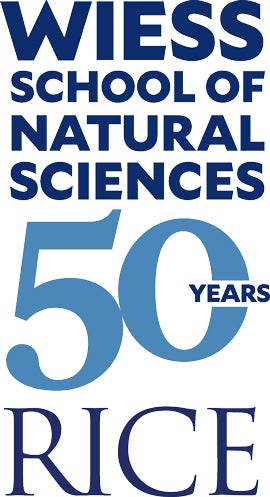
After 40 years in federal service, first with NASA and then as a professor and acting provost at the Naval Postgraduate School, Jim Newman, who earned his Ph.D. at Rice in 1984, is preparing for retirement. It’s a milestone moment, but not a stopping point.
“I want to give back to Rice, to the next generation,” he said. “I can never pay back all the debts that I owe, but I try in small ways to pay it forward.”
That desire to serve has guided Newman through every chapter of a remarkable career: four shuttle missions, six spacewalks and more than a decade shaping graduate education in national security and aerospace. But at the heart of it all, he said, was a drive to explore and to help others do the same.
Newman arrived at Rice in the late 1970s as a graduate student in physics, drawn by the university’s ties to NASA. “I decided that if I was serious about becoming an astronaut, it’d probably behoove me to move to Houston and to find out more about what it might take to get into the program and make that goal a reality,” he said.
He fully embraced the Rice experience, joining Baker College and becoming a longtime physics tutor for undergraduates. He also built lasting relationships with faculty, especially in the physics department, where his research advisor Ronald Stebbings and professors Neal Lane and King Walters offered both challenge and support. “They dispensed humility in proportion to need,” Newman said. “And apparently I needed some, and I have tried not to forget that lesson.”
That foundation, both personal and academic, helped launch him into a NASA instructor role in 1985 and, five years later, into the astronaut corps.

Over 43 days of shuttle missions and 43 hours of spacewalks, Newman helped enable some of the era’s most exciting engineering and science. His flights tested early GPS technology and launched experiments like the University of Houston’s Wake Shield Facility. He served on the first construction mission of the International Space Station and made critical repairs to the Hubble Space Telescope. “I got to do robotics; I got to do space walks. It was so amazing,” he said. “I was very fortunate in the flights that I got to contribute to.”
Newman also treasures the moments of pure wonder. One vivid memory comes from his first mission, just after the main engines cut off. “We’re above most of the atmosphere, and the external fuel tank was falling away as we continued to a higher orbit,” he said. “That was our first opportunity to look at the Earth with our full attention from that high up, and it’s like, ‘Wow, this is amazing.’ That’s a moment I hope I never forget.”
After his final flight, Newman served as NASA’s Director of the Human Space Flight Program in Russia, then found a new mission in academia. He joined the faculty at the Naval Postgraduate School (NPS), where he’s spent almost two decades guiding students in space systems and national security.

At NPS, Newman shifted from large satellites to what he called “very applied research” on the smallest ones — CubeSats. “I was introduced shortly after I got here to the concept of CubeSats, these very small satellites, and I said, ‘Wow, that looks interesting,’” he said. “So, we jumped on board.”
The program gives students hands-on experience designing and launching real technology into orbit, and it gave Newman a new way to keep serving. “I realized the Naval Postgraduate School would be a great place to do that,” he said. “It allowed me to continue my service to the government and to the people of the United States by helping educate young men and women in the Navy and Marines about space.”
As he looks toward retirement, Newman sees the next chapter as a transition to new forms of service. One of his hopes is to reconnect more deeply with Rice and support the next generation of Rice students. “I’m an unabashed fan of Rice University,” he said. “Rice for me was such an important contribution to my growth, not only in science, but just as a person.”

